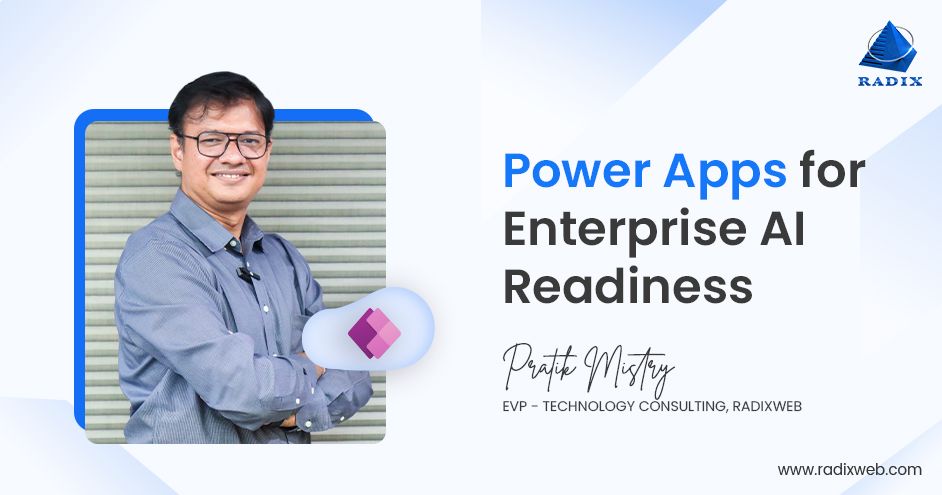
Skip Setup Headaches and Start Your Project Fast - Download Free Boilerplates
Setbacks Are Your Best Friend For Transformation Integration


Change Management is a recurring theme for all business processes in the post-pandemic world. As industries all around the world are slowly gravitating towards more organic approaches to drive growth and innovation, transformation strategies are increasingly becoming relevant. However, complex corporate transformations take time. It’s not just about a robust transformation strategy but also having the patience to integrate the ideas one step at a time and the ability to quickly recover from integration setbacks.
It is important to understand that not all transformation and integration drives translate to success; in fact, in an era of uncertainty, it is most likely that even the most data-backed drives have a high failure ratio. And this failure takes an all-round toll on the enterprise – it costs them their reputation, loss of employee belief on CIO measures alongside significant financial turbulence. But the most disastrous effect is felt by the CEOs. A toll on an organization’s market viability is one of the primary reasons why we see so many high rung positions being shuffled amidst emergencies.
Although we cannot confer the entire responsibility of change management on the C suite, disaster management planning often starts from the guarded cabins. A far-sighted people leader should always foresee impending concerns that might arise or, the least, spot red flags early enough. What many leaders fail to act on is addressing small-scale issues before they spiral out to become major disasters. The deal with complex corporate integrations (ERP-based and Digital Transformations) is that they give very little time for transformation recovery. CIOs must realize that there’s no room to sit back for cohesive situations.
Quite as a contrast, many leaders resort to any available short-cut for issue redressal. Data and analytics have brought about a radical shift in the way corporate issues used to be analyzed previously. With the blink of an eye, business intelligence system can cull out relevant data that can open up a plethora of options before the C suite. All that is required is a rational mind and the ability to comprehend data before opting for a drastic step. This is all the more important because the additional stress of managing technical debts isn’t what any enterprise would want to handle during a crisis!
It is imperative that a sense of urgency will lead CIOs to rapid recovery measures. However, the key to constructive disruption is calculation. In a ‘do or die’, the C suite cannot afford to sit back for the right time, neither can it resort to immediate recovery techniques that might result in a deeper pit for the organization.
Like every industry vertical, IT received the clarion call for driving transformation in the early stages of the pandemic. Although we were in the midst of a socio-cultural tussle and changing government norms, we soon recognized the need for rapid transformation journeys. In my experience, a positive transformation strategy will harp at:
Minimizing the risks of complex transformations
Align goals and objectives as per changing demands
Smoothen disruption for integrating transformation drives
Build efficiency to lower integration costs
Is Culture A Hindrance to Transformation?
Yes, and No.
The importance of organizational culture is immense but underrated. Although we should not be holding a debate on whether an organization requires a strong culture of its own, there are two sides to it. If the HR grid tells you that they follow no specific organizational culture, you must immediately know that’s not your place to be! Why? Because even unknowingly, every individual or team leader brings a work culture with him. It encompasses the way the organization views and treats its employees, the way the employees maintain their work-life balance, and their commitment to their professional persona.
The people leaders and the ones sitting high up the hierarchal ladder are the ones who majorly impact the organizational culture. For Transformation Integration and Recovery, culture is a crucial key to success. It takes years to build a positive culture at work but minutes to destroy it. I have seen CIOs handhold complex and ‘destined to fail’ process with sheer grit and belief in the process. Their undaunting spirit to recover from any pitfall is what ultimately drove them to success. However, CIOs operating with doubts on recovery processes actually leads them to tumble towards failure. Transformations don’t end at failures, but at giving up after setbacks. The zeal to dig deep and reach the stem of the problem, the feeling of working as a team committed to driving a recovery process is the mantra for a successful transformation.
Here are a couple of time-tested measures that Radixweb as a team religiously follows in case of reviving so-called failed projects:
- Deciding the transformation imperative and measuring the viability of projects
- Concluding key points of business integration with projects and aligning them to the capability of the resources
- Ringing in a structure for integrating and implementing changes throughout the enterprise
- Outlining risks and business-critical decisions with robust data-backed approaches for future references
The Benefits Management approach to any transformation project is a critical factor to ensure success. Setting a clear state-end vision, analyzing your own organizational capabilities, and developing a roadmap for inculcating changes is what outlines the viability of your transformation drive. Regardless of how complex a transformation drive is, a constant drive to excel and a mapped-out approach can take you far.
Ready to brush up on something new? We've got more to read right this way.




